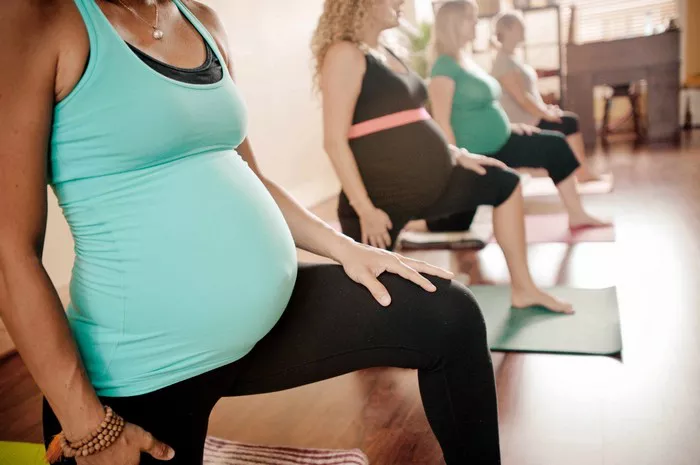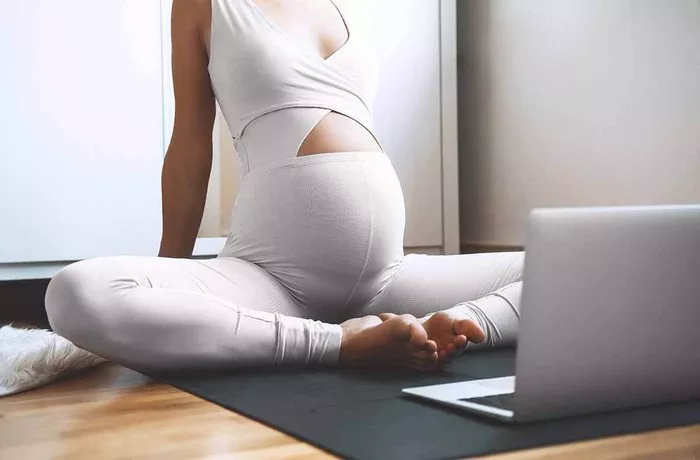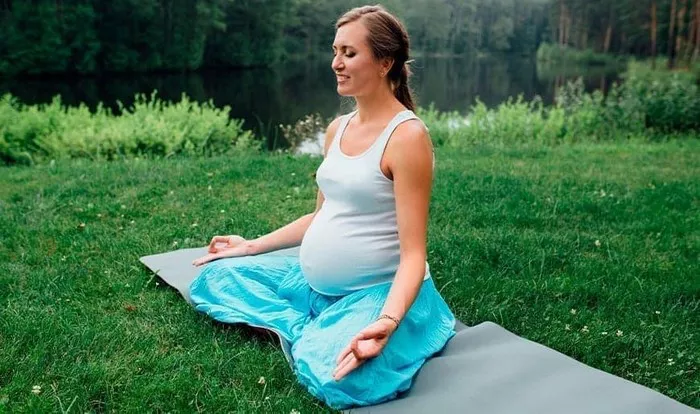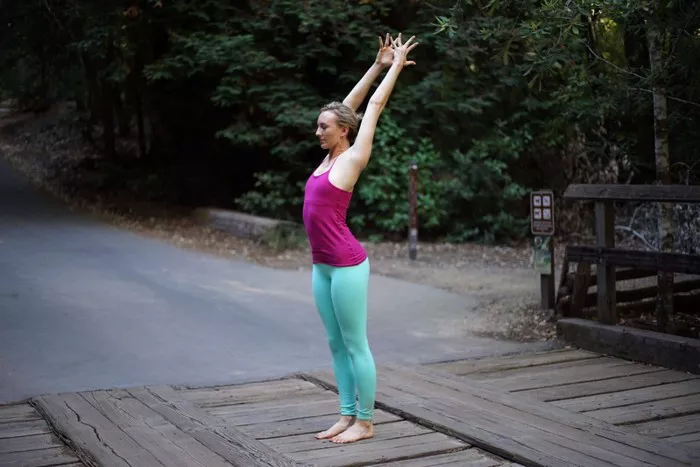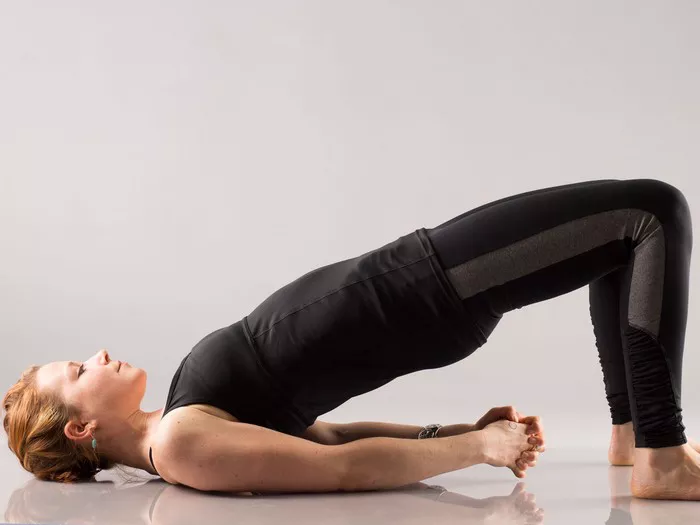Child’s Pose, or Balasana, is a foundational yoga pose that serves as a resting position and an essential element of many yoga practices. Known for its gentle and restorative nature, Child’s Pose provides numerous physical and mental benefits, making it a valuable addition to any yoga routine. This comprehensive article will explore the origins and symbolism of Child’s Pose, its physical and mental benefits, variations and modifications, step-by-step instructions, and important precautions and contraindications.
Origins and Symbolism
Child’s Pose, or Balasana, is deeply rooted in the ancient practice of yoga, which originated in India thousands of years ago. The term “Balasana” comes from the Sanskrit words “bala,” meaning child, and “asana,” meaning pose or posture. This posture symbolizes the innate simplicity, purity, and humility of a child. In many cultures, the child is seen as a symbol of new beginnings, innocence, and the potential for growth, all of which are themes echoed in the practice of yoga.
The pose’s connection to childhood reflects the yogic principle of returning to one’s true self, free from the complexities and stresses of adult life. By curling into a fetal-like position, practitioners can tap into a state of inner peace and safety, reminiscent of a child’s natural state of being. This symbolism of retreat and renewal is a central aspect of the restorative power of Child’s Pose.
Historically, Child’s Pose has been part of Hatha yoga, a branch of yoga that emphasizes physical postures (asanas) as a means to achieve spiritual well-being and balance. Over the centuries, Balasana has remained a staple in various yoga traditions due to its simplicity and profound benefits.
Physical and Mental Benefits
Physical Benefits
1. Spinal Stretch and Alignment: Child’s Pose provides a gentle stretch to the spine, promoting flexibility and alignment. By elongating the back and relieving tension in the vertebrae, this pose helps alleviate back pain and enhances overall spinal health.
2. Relaxation of Muscles: The pose encourages relaxation of the muscles in the back, shoulders, and neck. This can be particularly beneficial for individuals who experience tension headaches or stiffness in these areas.
3. Improved Digestion: By gently compressing the abdomen, Child’s Pose can stimulate digestion and help relieve issues such as bloating and constipation. The pose encourages blood flow to the digestive organs, promoting their optimal function.
4. Enhanced Circulation: Balasana promotes blood circulation throughout the body, especially to the head and neck area. Improved circulation can help reduce fatigue and enhance overall energy levels.
5. Joint Relief: Child’s Pose allows the knees and hips to flex comfortably, providing a gentle stretch to these joints. This can be particularly soothing for individuals with arthritis or joint pain, as it helps maintain joint flexibility and reduces stiffness.
Mental Benefits
1. Stress Relief: One of the most significant mental benefits of Child’s Pose is its ability to reduce stress and anxiety. The posture encourages deep breathing, which activates the parasympathetic nervous system, promoting a state of calm and relaxation.
2. Mental Clarity: By fostering a quiet, introspective state, Child’s Pose helps clear the mind of clutter and distractions. This mental clarity can enhance focus and concentration, making it easier to tackle daily tasks and challenges.
3. Emotional Comfort: The protective, nurturing position of Child’s Pose can provide a sense of emotional comfort and security. This can be particularly beneficial during times of emotional distress or upheaval, offering a safe space for introspection and healing.
4. Mindfulness and Presence: Practicing Child’s Pose encourages mindfulness, bringing attention to the present moment. This heightened awareness can enhance the overall yoga practice and promote a deeper connection to oneself.
5. Improved Sleep: The relaxation and stress relief achieved through Child’s Pose can contribute to better sleep quality. Practicing this pose before bedtime can help prepare the body and mind for a restful night’s sleep.
Variations and Modifications
Child’s Pose can be adapted in various ways to suit different needs and levels of flexibility. Here are some common variations and modifications:
1. Extended Child’s Pose (Utthita Balasana): In this variation, the arms are stretched out in front of the body, palms facing down on the mat. This extension increases the stretch in the back, shoulders, and arms, and can enhance the feeling of elongation through the spine.
2. Side Stretch Child’s Pose: From the traditional Child’s Pose, walk your hands to one side of the mat, creating a lateral stretch along the opposite side of the body. This variation helps to stretch the obliques and intercostal muscles, providing a more comprehensive side-body stretch.
3. Supported Child’s Pose: For added comfort, especially for those with knee or lower back issues, use props such as a bolster or folded blankets. Place the bolster between the thighs and rest the torso and head on it. This modification offers a gentler version of the pose while still providing relaxation benefits.
4. Wide-Knee Child’s Pose: Spread the knees wider than hip-width apart while keeping the big toes touching. This variation allows for a deeper stretch in the hips and can make the pose more comfortable for those with tight hips or larger body types.
5. Restorative Child’s Pose: Incorporate additional props such as blocks under the head or a rolled-up blanket under the ankles to further support the body. This version emphasizes relaxation and can be held for longer periods during restorative yoga sessions.
Step-by-Step Instructions
Begin on All Fours: Start in a tabletop position with your wrists directly under your shoulders and your knees under your hips. Ensure your back is flat and your gaze is down towards the mat.
1. Bring Your Big Toes Together: Bring your big toes to touch and slowly widen your knees as far apart as is comfortable. If you have knee issues, you can keep the knees closer together.
2. Sit Back on Your Heels: Exhale and slowly sit back onto your heels. Your buttocks should rest on your heels, but if this is uncomfortable, you can place a folded blanket or bolster between your thighs and calves for added support.
3. Extend Your Arms: For the traditional Child’s Pose, extend your arms forward on the mat with your palms facing down. Alternatively, for a more relaxed version, you can rest your arms alongside your body with your palms facing up.
4. Lower Your Torso: Lower your torso down between your thighs. Allow your forehead to come to rest on the mat. If your forehead does not reach the mat comfortably, use a block or a folded blanket to support it.
5. Relax and Breathe: Close your eyes and take slow, deep breaths. Focus on breathing into your back and feeling the gentle rise and fall of your torso with each breath. Stay in this position for at least 30 seconds, or longer if it feels comfortable.
6. Release the Pose: To release the pose, gently walk your hands back towards your body, lifting your torso and coming back to a seated position on your heels.
Precautions and Contraindications
While Child’s Pose is generally considered safe for most people, there are some precautions and contraindications to keep in mind:
1. Knee Issues: Individuals with knee injuries or chronic knee pain should be cautious when practicing Child’s Pose. Using props such as blankets or bolsters to support the knees can help alleviate discomfort.
2. Pregnancy: Pregnant women should avoid deep forward bends, especially in the later stages of pregnancy. A wide-knee variation with adequate support under the torso can be a safer option.
3. Ankle Pain: If you have ankle pain or injuries, placing a rolled-up blanket under the ankles can help reduce pressure and make the pose more comfortable.
4. High Blood Pressure: Those with high blood pressure should avoid resting their forehead directly on the mat. Using a block or blanket to elevate the head can prevent discomfort and reduce the risk of dizziness.
5. Shoulder or Neck Issues: If you experience shoulder or neck pain, extending the arms forward might exacerbate the discomfort. Resting the arms alongside the body can be a gentler alternative.
6. Severe Back Issues: Individuals with severe lower back problems should approach Child’s Pose with caution. Consulting with a healthcare provider or a knowledgeable yoga instructor before practicing this pose is advisable.
7. Digestive Issues: While Child’s Pose can aid digestion for many, those with severe digestive issues or conditions like acid reflux may find the pressure on the abdomen uncomfortable. Modifying the pose to reduce abdominal compression can help.
Conclusion
In conclusion, Child’s Pose is a versatile and accessible yoga posture that offers a range of physical and mental benefits. By understanding its origins, symbolism, and variations, practitioners can tailor the pose to their individual needs and experience its restorative effects. Whether used as a moment of rest during a vigorous yoga practice or as a standalone relaxation technique, Child’s Pose remains a timeless tool for fostering inner peace and physical well-being.





